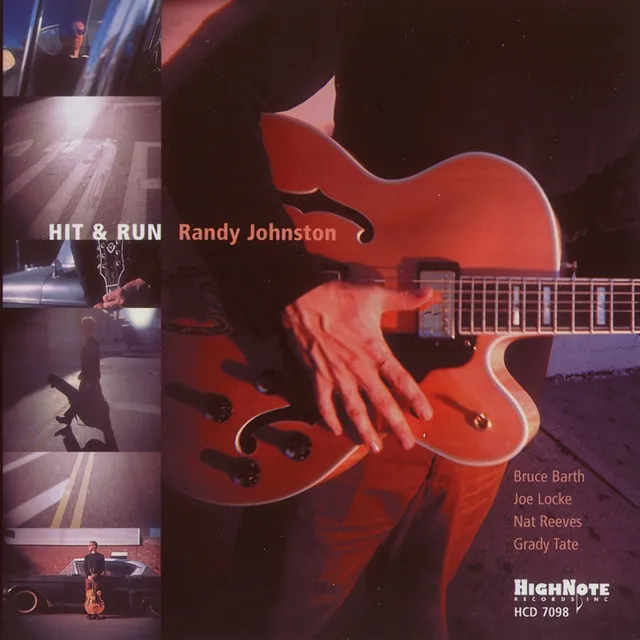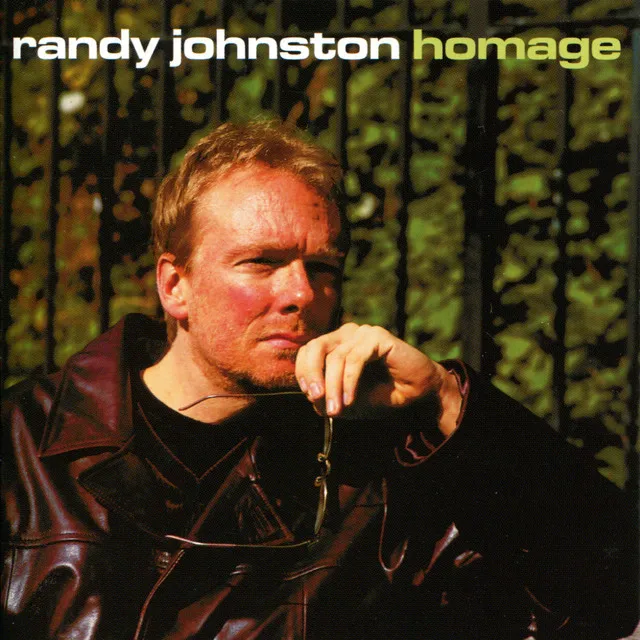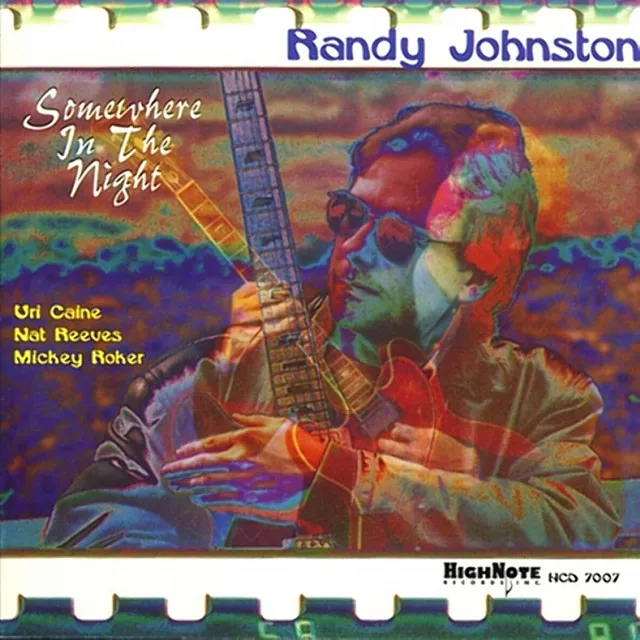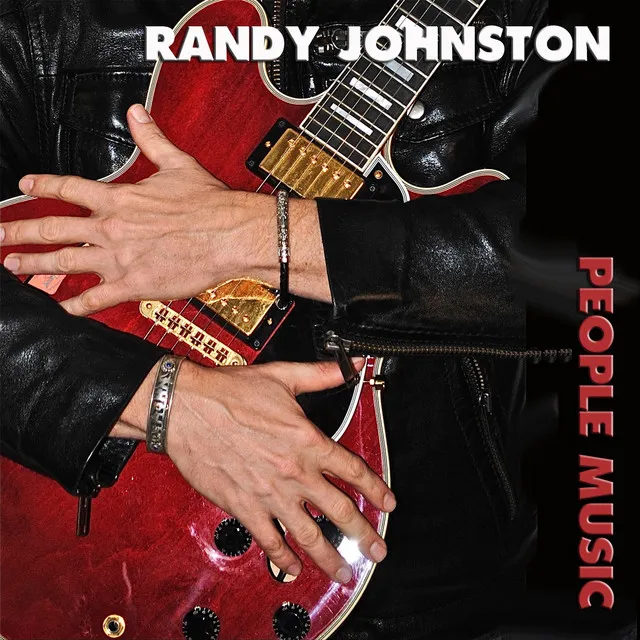An expressive, often funky hard bopper who is quite comfortable in soul-jazz settings, Randy Johnston has evolved into one of the finest straight-ahead jazz guitarists of the Baby Boomer generation. Johnston has never been an introverted sort of player; he is an aggressive, gritty, hard-swinging musician who brings a great deal of blues feeling to his work. The late Grant Green is Johnston's most obvious influence, and other guitarists who have had an impact on his playing include, among others, Pat Martino, Kenny Burrell, Wes Montgomery, and George Benson (especially the straight-ahead recordings that Benson provided for Columbia early in his career). Blues great B.B. King's electric guitar playing has also been cited as an influence on Johnston, which isn't surprising because the Detroit native definitely knows his way around a 12-bar blues.
The guitarist was born in Detroit, MI -- a city that has given us a lot of great jazz musicians over the years -- in 1956 and moved to Richmond, VA when he was 13. At that point, he was playing rock guitar, and he was a major admirer of the seminal singer/guitarist Jimi Hendrix (who was arguably the first heavy metal artist -- he certainly had a major impact on headbangers like Led Zeppelin, Black Sabbath, Mahogany Rush, and Deep Purple). But eventually, jazz guitar -- not rock guitar -- became Johnston's primary focus. After graduating from high school, Johnston moved to South Florida and attended the University of Miami in the late ‘70s and early ‘80s. During his years in Miami, Johnston often sat in when multi-hornman Ira Sullivan (originally from Chicago) held jam sessions in a Unitarian church. In 1981, Johnston left Miami and moved to New York, where he struggled for a few years but became increasingly busy as the ‘80s progressed. And by the end of the decade, Johnston had been employed as a sideman on albums by tenor saxophonist Houston Person and the late singer Etta Jones. But it was in the ‘90s that Johnston became a major name in jazz -- that was when people really started to recognize him as one of the best jazz guitarists of his generation. In early 1991, Johnston signed with Muse and recorded his first album as a leader, Walk On, which was produced by tenor saxophonist Person and engineered by Rudy Van Gelder (the most famous engineer in the history of jazz). In 1992, Johnston was reunited with Person and Van Gelder when he recorded his second Muse album, Jubilation. Muse released Johnston's third album, In-A-Chord, in 1994, and Johnston parted company with the New York-based label after that. Then, the guitarist recorded a few more albums in the late ‘90s, including Somewhere in the Night on High Note and Riding the Curve on J Curve. In the ‘90s and early 2000s, Johnston was featured on many albums as a sideman, and the jazzmen who employed him (either on-stage or in the studio) have included Person, Lionel Hampton, Lou Donaldson, Jack McDuff, Dr. Lonnie Smith (not to be confused with Lonnie Liston Smith), and Philadelphia organist "Papa" John DeFrancesco (the father of organist/trumpeter Joey DeFrancesco and the brother of guitarist Johnny DeFrancesco). Johnston's early-2000s releases include Homage on J Curve and Detour Ahead on High Note. ~ Alex Henderson, Rovi




